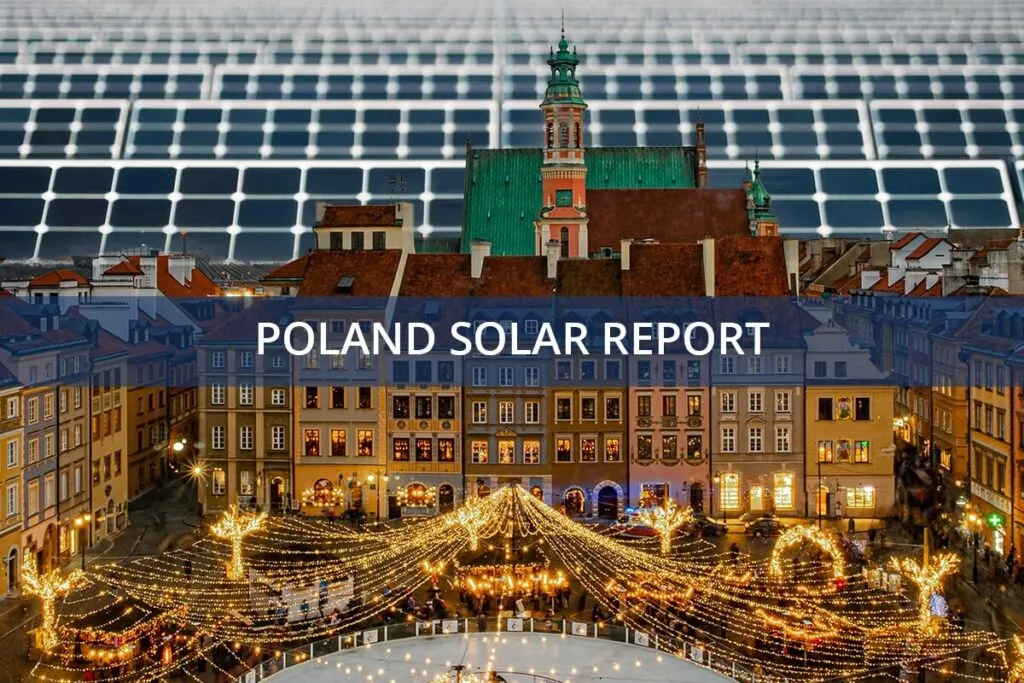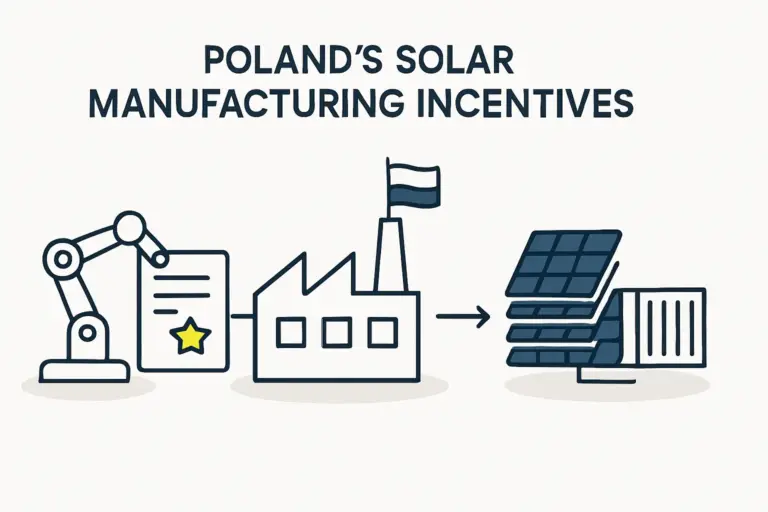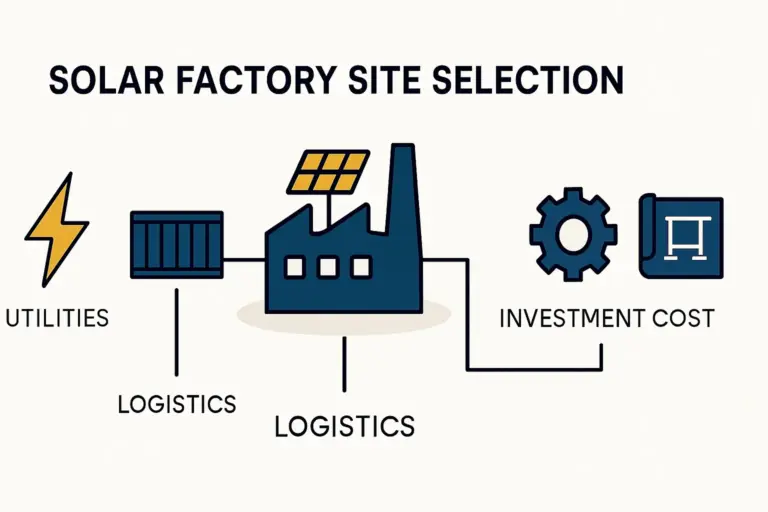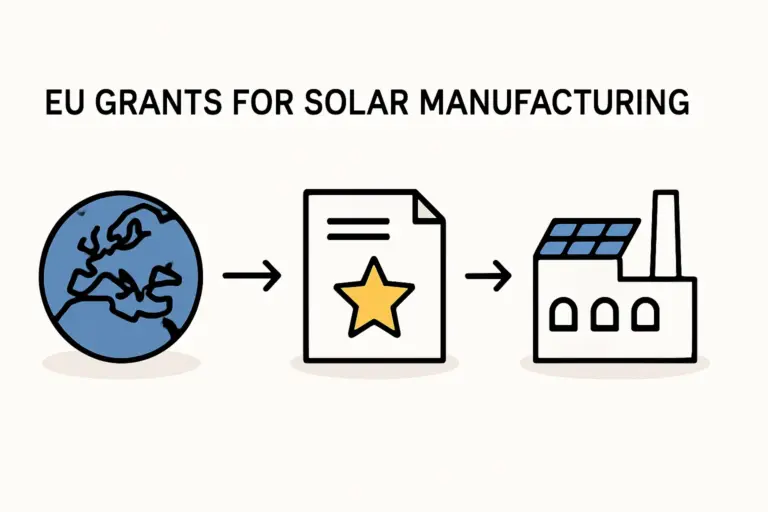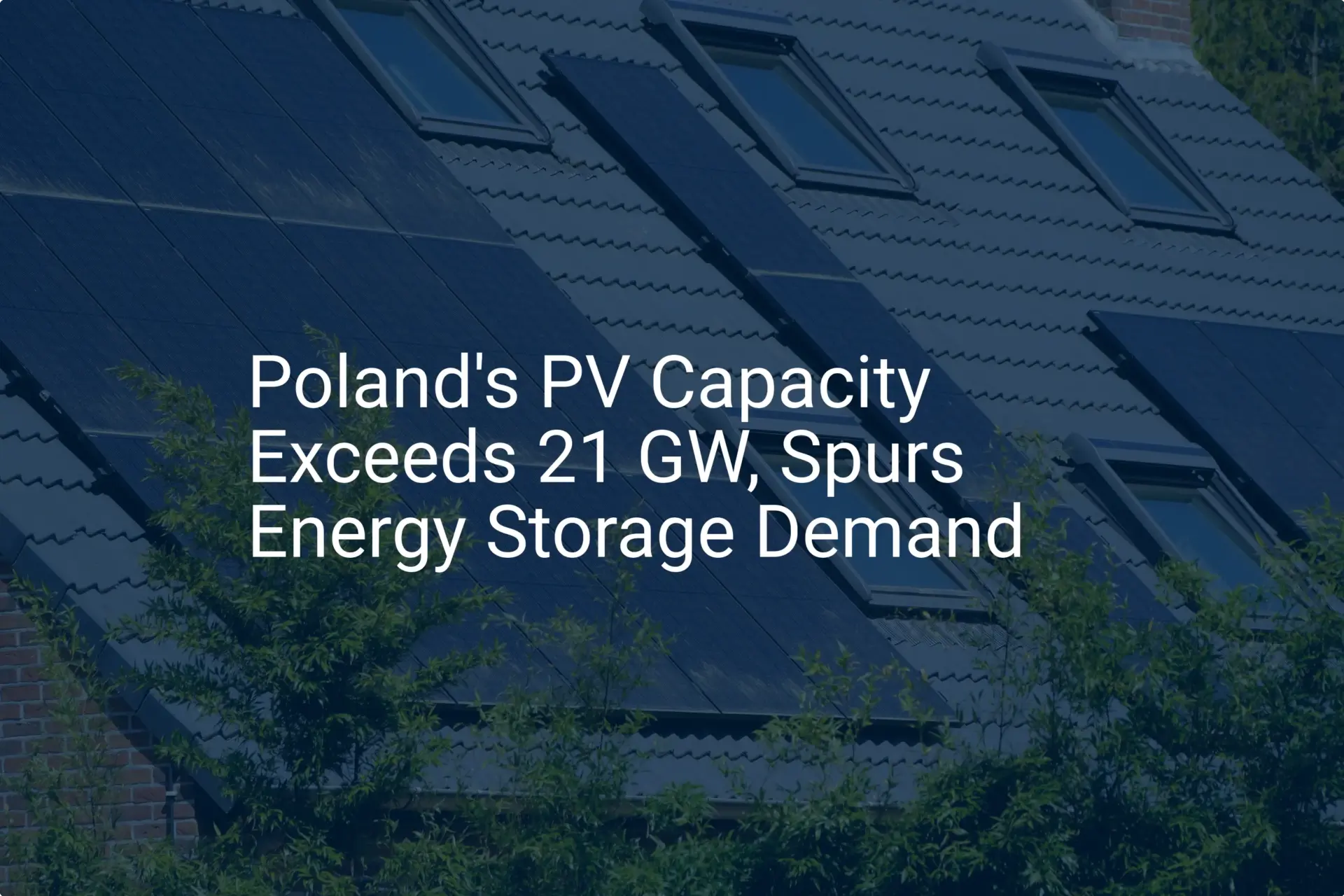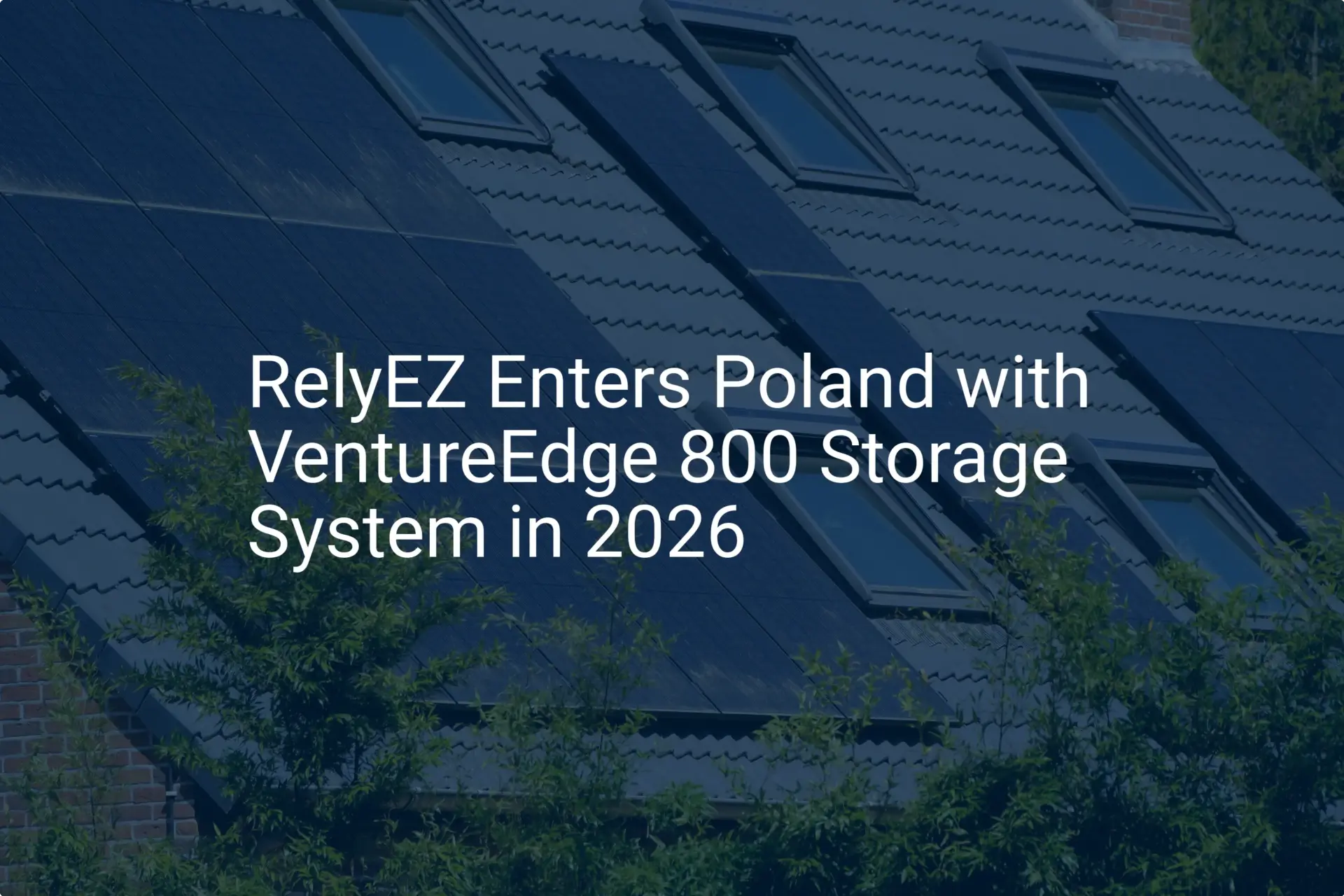For an entrepreneur considering a new solar module factory in Europe, a glance at the map often points to Poland as a strategic hub. Its location offers excellent logistics for the EU market, and its industrial base is well-established.
However, for an investor from outside the European Union, the local labor landscape can seem complex. A few key questions immediately come to mind: What are the core employment laws? How are wages and social contributions structured? And, most importantly, where can one find the skilled engineers needed to run a sophisticated production line?
This article offers a practical overview for business professionals exploring Poland as a manufacturing base. It outlines the essentials of the Polish Labour Code and provides strategic insights into sourcing the technical talent vital for success in the photovoltaic industry.
Understanding Polish Labor Law: Key Rules for Manufacturers
The legal framework for employment in Poland is primarily governed by the Polish Labour Code. This comprehensive document regulates the relationship between employer and employee, establishing clear rules for contracts, working hours, and remuneration. For any new manufacturing operation, understanding these rules is essential for building a compliant and stable workforce.
Employment Contracts: Indefinite vs. Fixed-Term
The standard form of employment in Poland is a contract for an indefinite period, which provides the greatest stability for the employee. However, businesses often require more flexibility, especially during start-up phases. The Labour Code permits fixed-term contracts, but with specific limitations that investors should be aware of:
- Duration Limit: The total duration of fixed-term employment with the same employer cannot exceed 33 months.
- Contract Limit: A maximum of three consecutive fixed-term contracts can be issued. Upon signing a fourth contract, or if the 33-month limit is exceeded, the contract automatically converts to an indefinite one.
A probationary period of up to three months is also standard practice, allowing both parties to assess the fit before committing to a longer-term arrangement.
Working Hours and Overtime Regulations
For a manufacturing facility, managing shifts and production schedules is a core operational task. The Polish Labour Code sets clear baselines:
- Standard Hours: The typical work week is 40 hours, spread over five days, with an 8-hour workday.
- Overtime: Overtime is permitted but strictly regulated. The annual limit for overtime is capped at 150 hours per employee. This figure can be modified through a collective bargaining agreement, but the 150-hour default remains a critical number for production planning and labor cost forecasting.
Remuneration and Minimum Wage
Compensation must be paid monthly. Poland has a statutory minimum wage that is regularly adjusted by the government. For example, in 2023, the minimum monthly salary was set to increase twice—once in January and again in July. This reflects a dynamic economy and is a key factor to include in financial projections.
Employer Obligations: Social Security and Leave Entitlements
Beyond the base salary, an employer’s financial responsibility includes significant social security contributions and statutory leave. These are not minor costs; they are a substantial part of the overall operational cost of a solar manufacturing plant and must be accurately budgeted.
The ZUS System: Social Security Contributions
The Polish Social Insurance Institution (ZUS) manages the country’s social security system. Contributions are mandatory and are shared between the employer and the employee. For the employer, these contributions typically include:
- Pension Insurance: 9.76% of the employee’s gross salary
- Disability Insurance: 6.50% of the gross salary
- Accident Insurance: A variable rate, often between 0.67% and 3.33%, depending on the industry’s risk category. Manufacturing falls into a specific category that determines this rate.
These contributions are a core component of the total cost of employment and a non-negotiable part of the legal framework.
Employee Leave: Annual and Other Entitlements
Under the Labour Code, employees are entitled to paid annual leave. The amount depends on their total length of employment, including previous jobs:
- Less than 10 years of service: 20 days per year.
- 10 or more years of service: 26 days per year.
In addition, the Labour Code provides for sick leave, maternity and paternity leave, and other forms of absence, all of which must be factored into workforce management and scheduling.
Sourcing Technical Talent: A Strategic Advantage in Poland
While compliance with labor law is a necessity, the true engine of a successful PV factory is its people. Poland offers a distinct advantage in this area due to its strong educational system, particularly in engineering and technical fields.
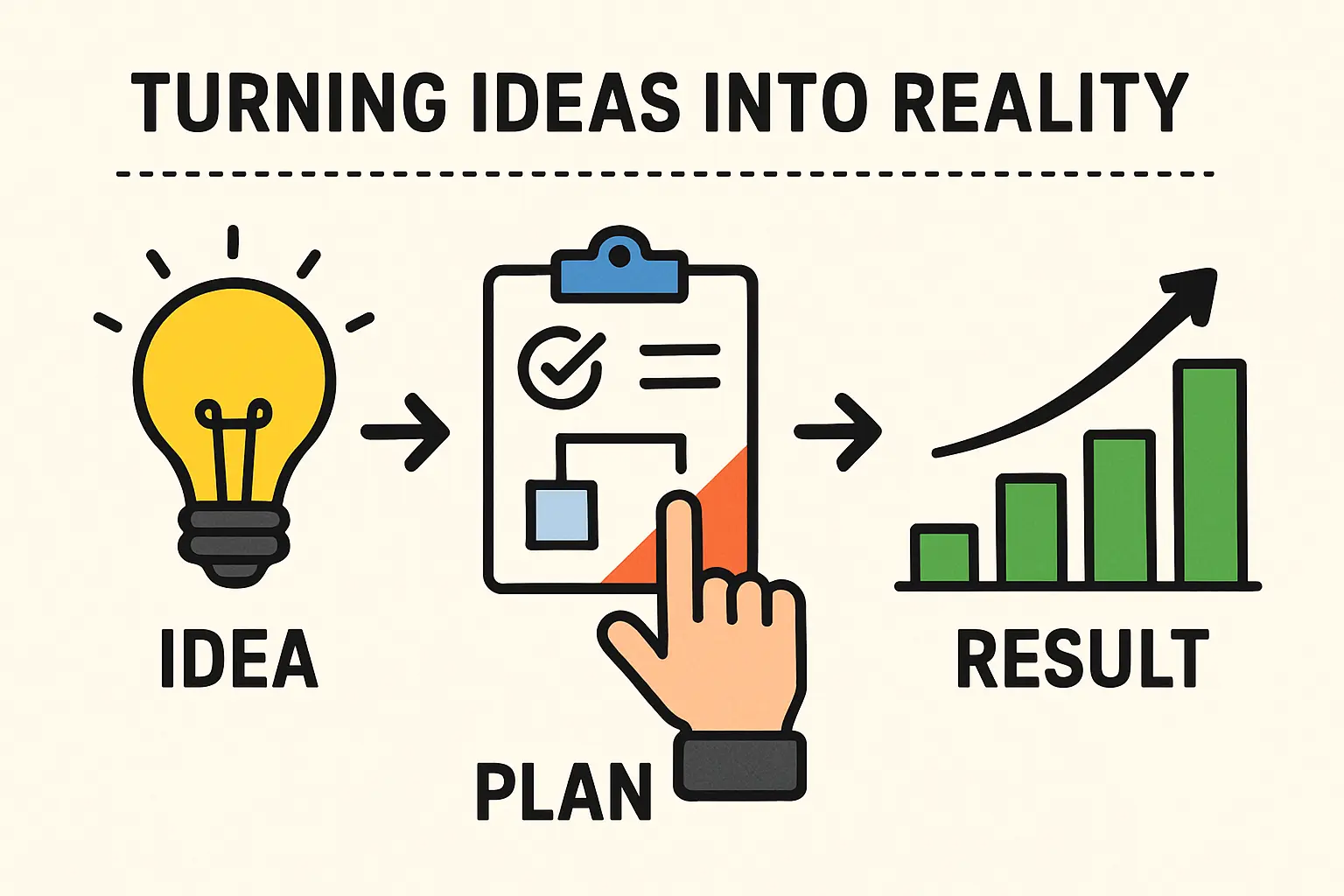
Leveraging Poland’s Technical Universities
Poland is home to several highly respected technical universities, such as the AGH University of Science and Technology in Kraków and the Warsaw University of Technology. These institutions produce a steady stream of well-trained graduates in fields like mechanical engineering, automation, materials science, and electronics—all disciplines vital to operating and maintaining a solar panel production line.
Strategic approaches to recruitment include:
- Engaging with University Career Offices: Participate in job fairs and establish a presence on campus.
- Offering Internships: Provide practical, hands-on experience for final-year students to identify promising future employees.
- Sponsoring Research: Collaborate on small-scale research projects related to PV technology to build relationships with both faculty and students.
Attracting and Retaining Skilled Engineers
To attract top graduates, a competitive salary is only the starting point. Engineers are often motivated by technical challenges and professional growth. Highlighting the advanced technology of a modern PV production line, the opportunity to work in the rapidly growing renewable energy sector, and clear paths for career development are all powerful recruiting tools.
Based on experience from J.v.G. turnkey projects, a structured and comprehensive training program is essential for integrating new graduates and preparing them to manage the specific machinery and processes of the factory.
Navigating the Hiring of Foreign Nationals
For certain specialized roles, an investor may need to bring in talent from abroad. The hiring process varies significantly based on the candidate’s nationality.
- EU Citizens: Nationals of other EU/EEA countries can work in Poland without a work permit, benefiting from the EU’s freedom of movement principles.
- Non-EU Citizens: For non-EU nationals, the process generally requires securing both a work permit and a residence permit, a more involved administrative procedure. However, Poland has established simplified access to its labor market for citizens of specific countries, such as Ukraine, which can streamline the hiring process for individuals from those nations. This is an important consideration in regions with diverse labor pools.
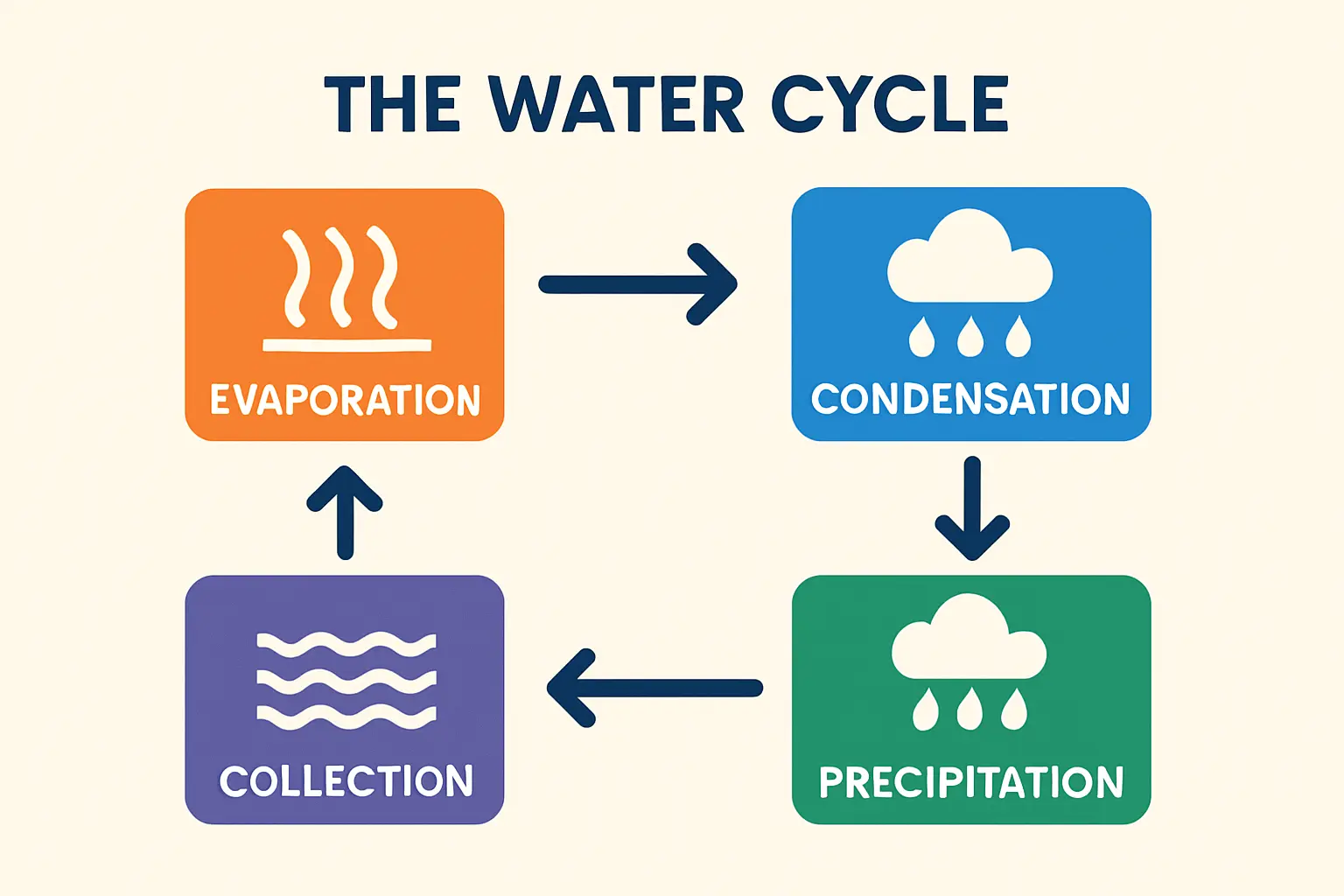
Frequently Asked Questions for Investors
What is a realistic notice period for terminating an employee in Poland?
The statutory notice period depends on the employee’s tenure with the company. For an indefinite contract, it ranges from two weeks for an employee with less than six months of service to three months for an employee with at least three years of service.
Are trade unions a significant factor in Polish manufacturing?
The overall trade union membership rate in Poland is relatively low, estimated at around 12% of the workforce. While they may not be present in every facility, they have legally protected rights. New employers should be aware of the regulations concerning union activities and collective bargaining.
How many employees are typically needed for a small-scale PV production line?
The exact number depends on the level of automation. As a general guideline, a semi-automated 50 MW line often requires a team of 25-35 operators, technicians, and administrative staff to run effectively across shifts.
Can a foreign investor expect language barriers when recruiting engineers?
Graduates from leading Polish technical universities generally have a high level of English proficiency, particularly in technical and business contexts. While Polish is the language of daily operations, English is commonly the working language in international teams and for technical documentation, minimizing barriers for key engineering and management roles.

Successfully launching a solar module factory in Poland requires a dual focus: ensuring strict compliance with the country’s labor laws while proactively building a team of skilled technical professionals. By understanding these rules and leveraging the strong local talent pool, an investor can build a solid operational foundation.
The next step is to translate this knowledge into a detailed operational and business plan. To help you navigate each stage of setting up a manufacturing facility, explore the comprehensive guidance and resources available at pvknowhow.com.

